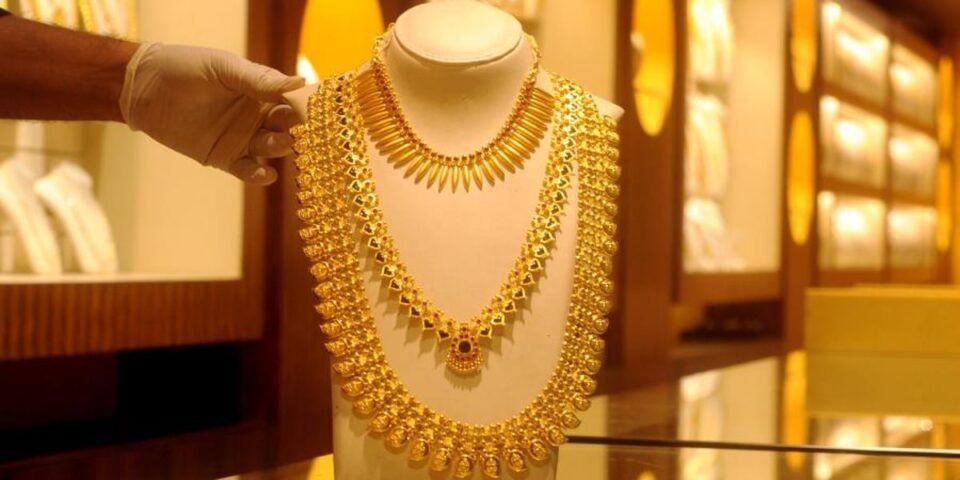That said, there’s a noticeable shift towards investing in gold mutual funds and gold Exchange-Traded Funds (ETFs), though physical gold reigns supreme. Interestingly, gold ETFs beat returns from equities by a fair margin last year. While investors of precious metals like gold and silver saw significant returns of 39.7% and 44.3%, respectively, in comparison, Sensex and Nifty gained 25.1% and 27.9%, respectively last year.
Currently, there are 17 gold ETF schemes, which have collectively added some 10.3 tonnes of gold to their holdings so far this year, taking their combined gold holdings to 52.6 tonnes — a 29% increase. Interestingly, retail investor accounts in gold ETFs also increased by about 15 times over the last five years. According to trade body AMFI, the total number of retail accounts in gold ETFs stood at 48.4 lakh as on December, 2023. Despite 2024 having seen the launch of only one Sovereign Gold Bond scheme, inflows into gold ETFs saw a mind-boggling 152% increase at Rs 7,367 crore from Rs 2,919 crore in 2023.
Gold is among the best long-term assets offering both safety and attractive returns to investors and so the rising retail demand is understandable. Likewise, the central banks’ craze for gold too is a time-tested practice and they are the largest gold hoarders with global reserves topping 36,699 metric tonnes at the end of 2023, or 17% of all the gold ever mined.
Wars often play an important part in gold price movements as was seen during the 1970s and early 2000s and is also being seen now. As governments increase deficits to finance wars, and increase the monetary supply, it drives safe-haven demand from both central banks and investors. Right now, an increasingly complex geopolitical and financial environment is making gold reserves management relevant more than ever.
Following the 1997 Asian financial crisis and the 2007-08 financial crisis, central banks have been net buyers of gold. According to World Gold Council estimates, the top 10 official buyers of gold between 1999 and 2021 represent 84% of all the gold bought by central banks. Russia and China — arguably the US’ top geopolitical rivals — have been the largest gold buyers in the last two decades. Russia, in particular, began stockpiling gold after being hit by Western sanctions following its annexation of Crimea in 2014.
As tensions rise in West Asia, central banks are loading up, yet again. In 2023, they added 1,037 tonnes of gold — the second highest annual purchase in history — following a record high of 1,082 tonnes in 2022 cutting a cheque worth some $70 billion, when global central banks bought gold at the fastest pace since 1967.
The National Bank of Poland and our own Reserve Bank of India are the leading buyers in 2024 so far, followed pretty closely by the Central Bank of Uzbekistan and the Bank of Turkey. In fact, Turkiye was the largest buyer in 2022, adding 148 tonnes, while China added 62 tonnes.

